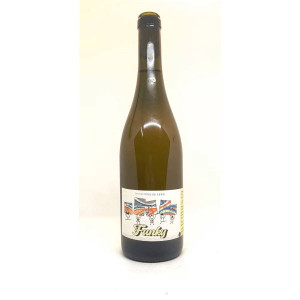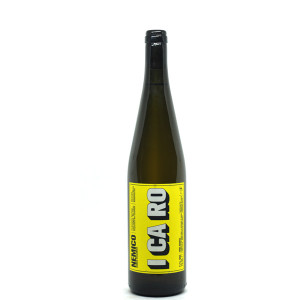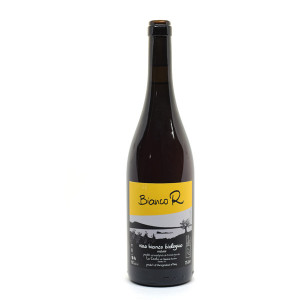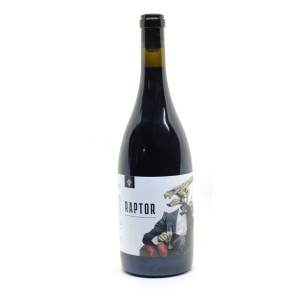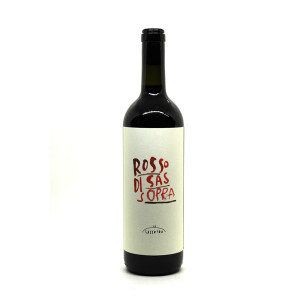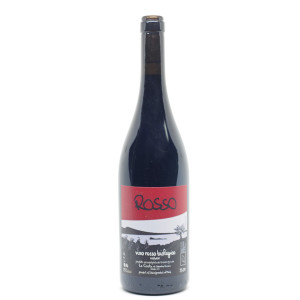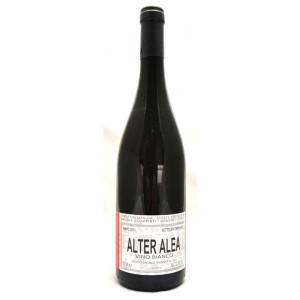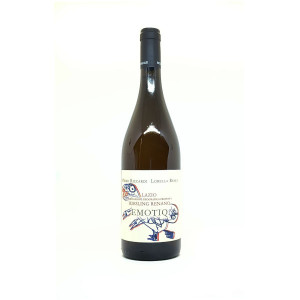Lazio
Lazio is a region of ancient wine traditions dating to the period before the Romans. Even now, viticulture is very thriving: there are 3 DOCGs, 27 DOCs and 4 IGTs. More than half is made up of white wines. Annual production is around 3 million and a half hectoliters of wine produced, making Lazio the sixth Italian region for wine production, although only 15% is part of the DOC. The most commonly used white grape varieties are Trebbiano, Candia Malvasia, Grechetto and Bellone, while red berries are Piglio Cesanese, Affile Cesanese, Merlot, Syrah and Cabernet Sauvignon. The territory of Lazio is predominantly composed of volcanic soils, very popular for the cultivation of vines, as evidenced by the presence of numerous lakes, from Bolsena to Vico, from Castel Gandolfo to Nemi. Among the most prominent DOCs: the Castelli Romani, where we find White wines Trebbiano and Malvasia bianca of Candia, and red with Sangiovese, Montepulciano, Cesanese, Merlot and Nero Buono, and the Frascati area, where we find 2 DOCG Frascati Superiore and the Cannellino di Frascati, sweet wine, obtained from Trebbiano and Malvasia bianca di Candia, With the same white grapes there is an infinity of other DOCs with the same organoleptic qualities: Marino, Colli Albani, Colli Lanuvini, Hills of Sabina, Etruscan Hills Viterbesi. Moving south, in the province of Frosinone, we find the Cesanese area, with the DOC Cesanese of Affile and Olevano romano, and the third DOCG Laziale, Cesane del Piglio. Going to the Tyrrhenian Sea, the Agro Pontino area of reclaimed marshes opens in the thirties. Here among the cities of Terracina and Anzio are cultivated vines such as Trebbiano, Merlot and Sangiovese that were brought to these areas by the Venetian workers who came to reclaim the marshes. In the province of Viterbo wines are produced with international grape varieties such as Chardonnay, Grenache, Syrah and a curious name called Est! Est! Est! of Montefiascone with Trebbiano grapes and Candia Malvasia white. The origins of this name date back to the Middle Ages, when the servant of the German bishop, Johannes Defuk, Martino, is in charge of going ahead of him during his visit to Italy in search of good wines. Found the wines had to write on the door of the cellar the word "East". Arrived at Montefiascone and, tasting the local wine, found it so good that he wrote three times the agreed signal.


